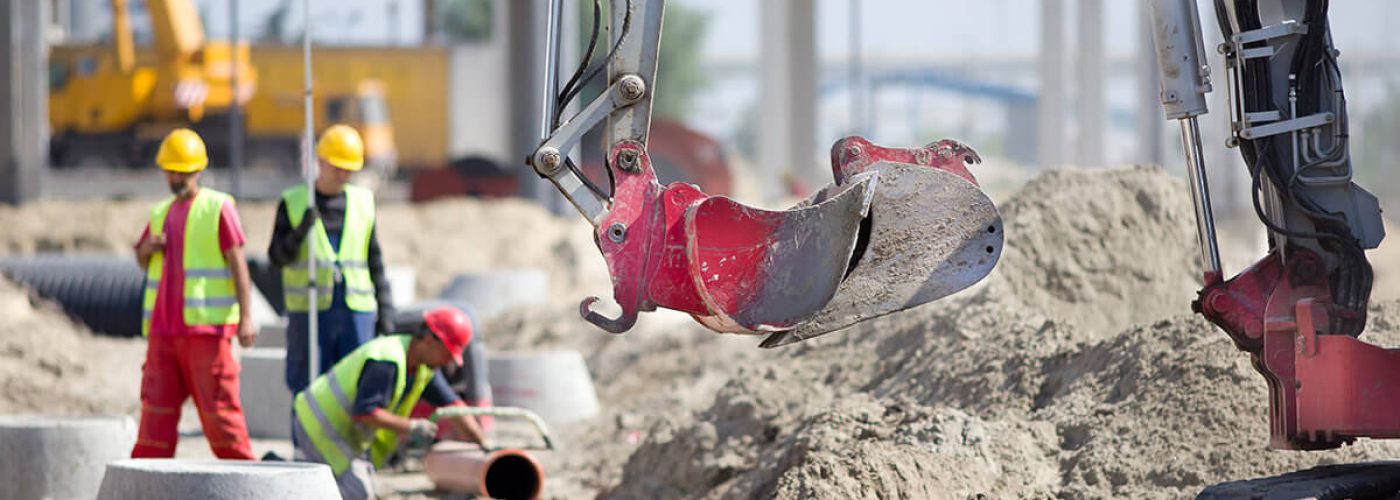Regular maintenance of earth-moving machinery is essential for ensuring a smooth operation. The last thing you want is to encounter a technical issue while you’re out there operating on the mining site. Improper equipment maintenance will not only result in unwanted downtime, but it can also reduce the lifespan of the machine itself. Faulty machines also increase the risk of accidents as many workers lose their lives each year due to mechanical errors.
To make the work environment safer and more efficient, it’s imperative to keep earth-moving machinery maintained at all times. This should include professional maintenance from the leading mining equipment supplier but requires these 5 tips that you can apply when maintaining heavy equipment to prevent injuries and death.
1. Make sure the equipment is lubricated at all times
Earth-moving machinery consists of many moving parts. These parts are prone to failing if there isn’t sufficient lubrication due to excess friction. This friction can accelerate the wear and tear of the machine and deteriorate its performance. Also, the lifespan of the moving parts will shorten and the repair costs can add up significantly over time if the equipment isn’t properly lubricated.
Before operating earth-moving machinery, check if there is enough lubrication in the moving parts. The key is to lubricate these parts with just the right amount. Too little lubrication and the parts won’t move freely and too much lubrication can cause leaking, grease accumulation, and inefficient energy transfer. Refer to the equipment manual on which lubrication to use as different manufacturers recommend different types of lubrication for their machines.
2. Keep the machinery as clean as possible
Earth-moving machinery is frequently exposed to all kinds of dirt, debris, and other environmental particles that can damage its parts if not properly cleaned. To ensure optimal performance, the machine should be cleaned on a regular basis. While the seals and filters do a good job of keeping dirt and grime at bay, over time these particles can accumulate and deteriorate the condition of the seals.
If a seal cracks or breaks, the intricate parts of the machinery will be exposed. Clogged filters will reduce the efficiency of the equipment and contaminated machine cabs will malfunction if left uncleaned. Keep earth-moving machinery as clean as possible by blasting it with high-pressure washer to dislodge stuck particles. Accumulated grease should be treated with a degreaser to effectively remove the gunk.
One of the best ways to protect your machinery is to store it inside a building. A sheltered machinery will remain clean for much longer compared to one that’s frequently exposed to the elements. Anything from a garage or shed will work just fine as long as it’s clean and free of any standing water. By sheltering earth-moving machinery, you’ll prevent rust and grime build-up while keeping maintenance quite low.
3. Create a maintenance schedule
Creating a maintenance schedule will go a long way towards ensuring the equipment stays in good condition all year round. Within this schedule should be notations on how frequently the parts should be serviced. Identify potential problems through thorough inspection and make sure to address any issues immediately.
Maintaining heavy equipment every now and then is not enough to keep it in good working order. Thus, a consistent maintenance schedule is crucial to its overall performance. As part of the maintenance routine, gaskets and seals should be checked to ensure they’re not broken or damaged. Belts and pulleys should be properly aligned and the bolts should be tightened with the correct torque.
4. Train employees on how to properly operate earth-moving machinery
More than anything, it’s the knowledge and proper training that will help minimise unwanted accidents while operating earth-moving machinery. Without these, the workers could potentially damage the equipment and risk injuring themselves. The workers must be skilled to operate heavy equipment and knowledgeable enough to look for potential issues. All incoming workers must undergo extensive training and current workers should be given refresher courses to not only maintain the condition of the equipment, but their safety as well.
5. Pay attention to wear and tear
Earth-moving machinery such as Vibrating Feeders WA are subject to wear and tear on a regular basis. Being aware of these signs is important to the function and performance of the equipment. If neglected, worn-out parts can cause machinery to malfunction (which requires costly repairs). Some of the most common signs of wear and tear are excessive heat, vibration and dragging issues, and distorted belt shape.
Higher temperatures are often a result of improper lubrication while vibration issues are caused by misaligned belts and/or gear glitches. The sooner you identify these signs, the less likely it’s cause long-term damage to the machinery.
Maintaining earth-moving machinery is something most operators neglect. But doing so can end up with catastrophic results and harm the workers surrounding the equipment. Make sure to follow these tips when maintaining heavy equipment to prolong its lifespan and ensure a safer work environment.





